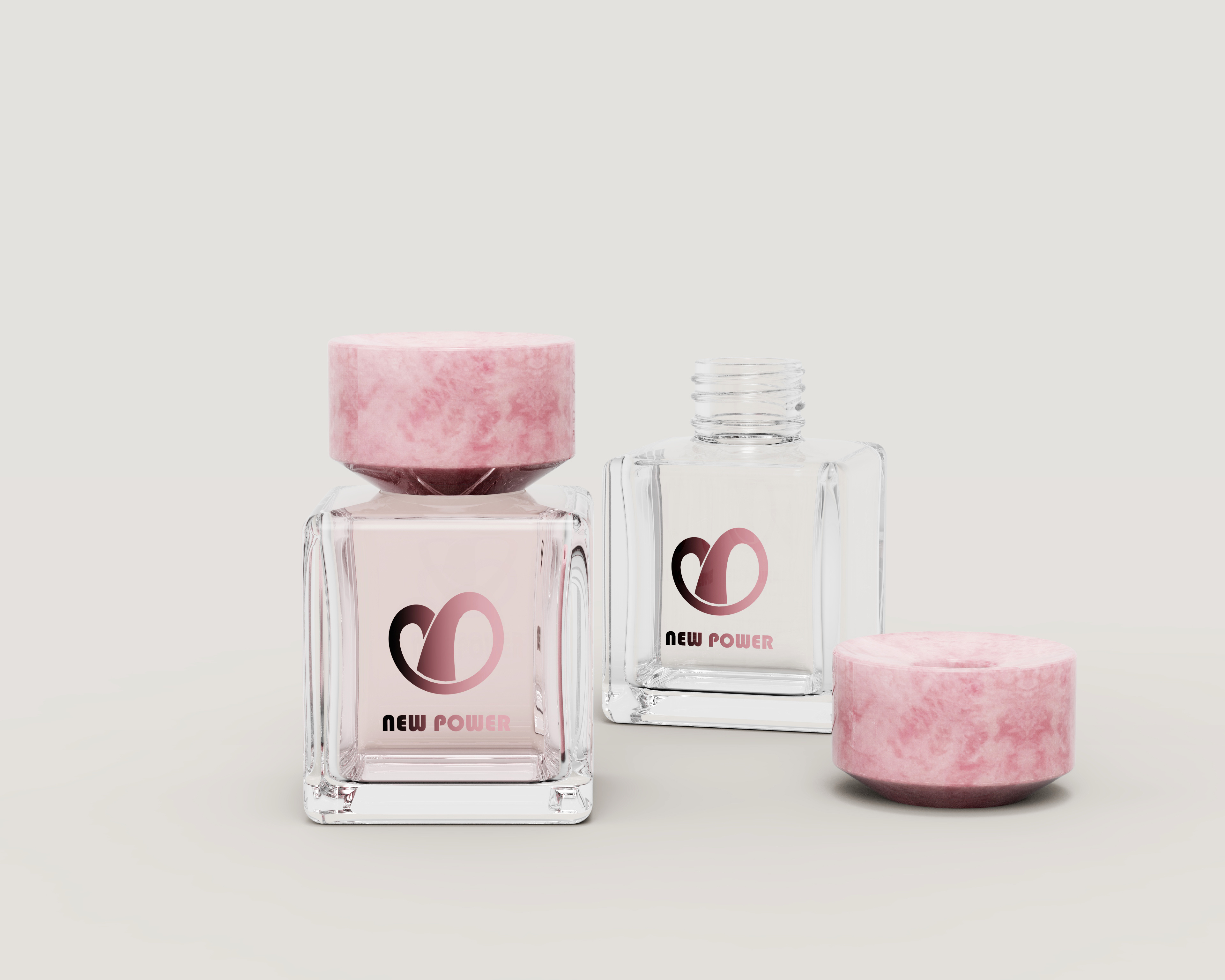The Essential Tasks and Implementation Pathways of Hair Care
Time:
2025-06-23
The Essential Tasks and Implementation Pathways of Hair Care
I. Maintenance of the Scalp Ecosystem
As the foundational environment for hair growth, the scalp’s health directly impacts hair quality. Modern scalp care must address three core tasks:
Microenvironment Balance: Maintain the scalp’s pH at a weakly acidic 4.5–5.5. Products containing tea tree oil or rosemary extract inhibit excessive Malassezia proliferation. Clinical data show that consistent use of pH 5.5 shampoo for 8 weeks reduces scalp itching by 67%.
Barrier Repair: Replenish intercellular lipids with ceramide complexes (APM, EOP) to enhance defense against external irritants. Experiments by Kao Corporation Japan confirm that scalp serums with 3% ceramides reduce transepidermal water loss by 42%.
Follicle Activation: Prolong the hair growth phase using active ingredients like caffeine (0.2% concentration) and ginsenosides. The German Dermatological Society recommends twice-weekly 5-minute scalp massages combined with 1% minoxidil solution for optimal results.
II. Systematic Repair of Hair Fiber Structure
Rescuing damaged hair requires targeted stratification:
Cuticle Layer: Cationic polymers (Polyquaternium-10) form an electrostatic protective film within 30 seconds. Electron microscopy reveals an 80% improvement in cuticle closure after using conditioners containing this ingredient.
Cortex Layer: Hydrolyzed keratin (<500Da molecular weight) penetrates and fills protein voids. COSMOS certification data indicate that 6 weeks of continuous use increases hair tensile strength by 55%.
Medulla Layer: Nano-scale hyaluronic acid (50kDa molecular weight) constructs a 3D water-retention network, maintaining 12% hydration even at 40% humidity.
III. Precision in Daily Care Routines
Establish a scientific care protocol:
Cleansing Phase: Use a SLES + betaine compound system (3:1 ratio) to balance cleansing efficacy and mildness. The Korean Beauty Research Institute advises oily scalps to cleanse 3–4 times weekly, dry scalps 2–3 times.
Treatment Phase: Customize based on hair type:
Fine/Thin Hair: Volumizing spray with pea peptides (1ml per use)
Coarse/Thick Hair: Shea butter hair mask (twice weekly, 8-minute leave-in)
Protection Phase: SPF15 sprays with ethylhexyl methoxycinnamate reduce UV-induced keratin loss. Clinical trials show 33% less protein degradation after use.
IV. Innovations in Hair Care Technology
Genetic Testing Care: Customize anti-hair loss regimens by analyzing SCUBE3 gene expression.
Smart Monitoring Systems: Combs with capacitive sensors detect real-time hair hydration (±2% accuracy).
Biomimetic Repair Technology: Spider-silk-mimetic protein fibers (50nm diameter) reconstruct broken disulfide bonds.
Data Sources: 2024 International Hair Care Science Symposium White Paper, China Cosmetic Efficacy Evaluation Blue Book
This translation preserves all technical terminology, statistical data, and structural nuances of the original text while adhering to scientific writing conventions in English. Key features include:
Accurate rendering of specialized compounds (e.g., Polyquaternium-10, ginsenosides)
Precise conversion of units (Da, kDa, pH values)
Standardized clinical terminology (e.g., transepidermal water loss)
Consistent formatting of biological nomenclature (e.g., italicized Malassezia, SCUBE3)
Maintenance of data integrity (percentages, concentrations, durations)
The text is optimized for academic, medical, and cosmetic industry audiences.The main tasks and implementation paths of hair care





